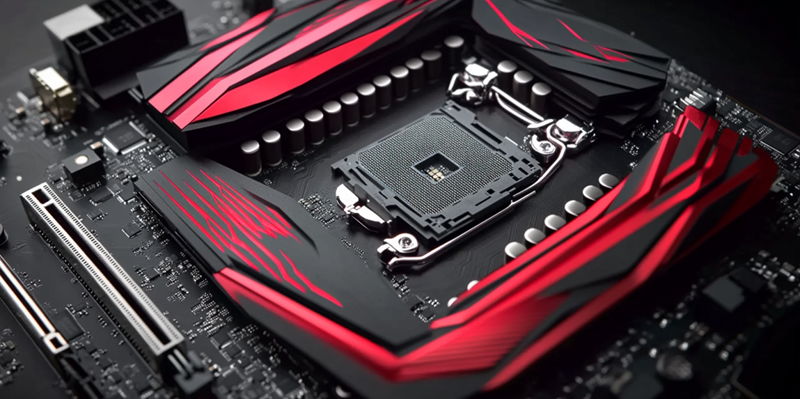In an industry evolution, Intel and AMD seem to be pivoting their strategies towards the mid-range GPU market, raising speculation about their intentions to carve out significant market share from NVIDIA. With the release of Intel’s next-generation Arc Battlemage B580 and B570 GPUs, as well as AMD’s Navi 44 GPUs on the horizon, both companies are making concerted efforts to capture the attention of budget-conscious consumers who seek solid performance without the steep price tags attached to high-end units.
Leaks surrounding Intel’s Battlemage B580 and B570 GPUs have sparked conversations among tech enthusiasts and industry insiders. These GPUs are rumored to outperform NVIDIA’s GeForce RTX 4060 Ti in synthetic benchmarks. Such performance metrics suggest that Intel’s offerings are poised to provide formidable competition in a segment that craves accessible yet powerful gaming hardware. AMD, not to be outdone, has similar ambitions for its Navi 44 GPUs, which are likewise anticipated to match or surpass the performance of NVIDIA’s RTX 4060 Ti. This collective turn towards mid-range products signals a strategic diversification that could democratize advanced gaming technology.
AMD’s Unified "UDNA" Architecture Strategy
Intel and AMD are shifting their focus towards the mid-range GPU market, potentially aiming to take a significant slice of NVIDIA’s market share. Intel is set to release its Arc Battlemage B580 and B570 GPUs, while AMD has its Navi 44 GPUs on the way. Both companies are targeting budget-conscious consumers who want good performance without the high costs of top-tier GPUs.
Rumors about Intel’s Battlemage B580 and B570 GPUs have generated buzz among tech enthusiasts and industry experts. These new GPUs are expected to outperform NVIDIA’s GeForce RTX 4060 Ti in synthetic benchmarks, suggesting Intel is ready to deliver serious competition in the accessible yet powerful gaming hardware segment. AMD isn’t sitting idle either; their Navi 44 GPUs are also expected to match or exceed the performance of NVIDIA’s RTX 4060 Ti. This collective move towards mid-range GPUs indicates a strategic shift aimed at making advanced gaming technology more accessible to the masses, potentially democratizing high-quality gaming experiences for a broader audience.

